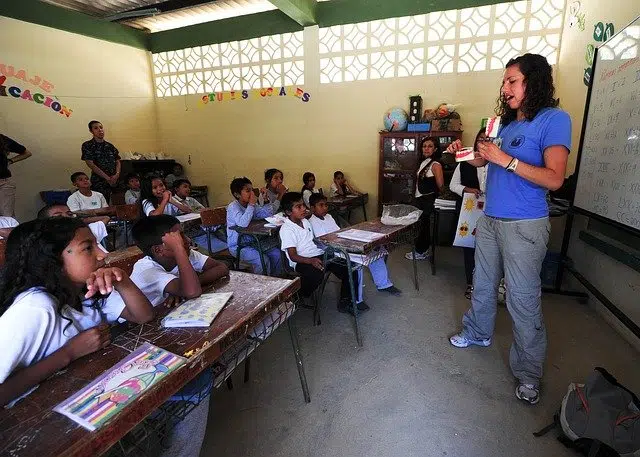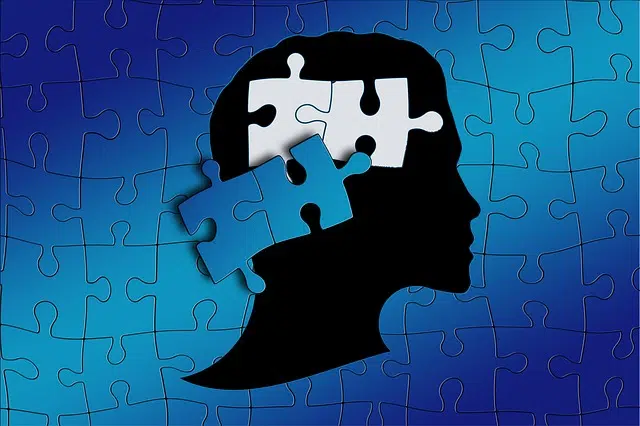
Didactics aims to improve learning.
It is common to find products and activities for children where the concept of didactics appears. “Educational content”, “Educational material” and “Educational game” are, to name a few examples, phrases that frequently resonate in the minds of many adults. However, many times we lose sight of the theoretical definitions and we are left without identifying what words like the one mentioned specifically mean. For that reason, today we will try to provide interesting data that will allow us to discover what exactly didactics is.
In more technical terms, didactics is the branch of pedagogy that is responsible for searching for methods and techniques to improve teaching , defining the guidelines to ensure that knowledge reaches those educated in a more effective way.
What is didactics
Experts say that didactics is understood as that scientific-pedagogical discipline that focuses on each of the stages of learning . In other words, it is the branch of pedagogy that allows us to approach, analyze and design the schemes and plans intended to capture the bases of each pedagogical theory.
This discipline that establishes the principles of education and serves teachers when selecting and developing content pursues the purpose of ordering and supporting both the teaching models and the learning plan. The teaching circumstance is called a teaching act for which certain elements are needed: the teacher (who teaches), the student (who learns) and the learning context .
Forms of classification
Regarding the qualification of didactics, it can be understood in various ways: exclusively as a technique, as an applied science, simply as a theory or as a basic science of instruction. Didactic models, for their part, can be characterized by a theoretical profile (descriptive, explanatory and predictive) or technological (prescriptive and normative).
It should be noted that, throughout history, education has progressed and, within the framework of these advances, didactic references have been modernized .
At first, for example, there was a model that emphasized both the teaching staff and the type of content provided to the student (process-product model), without taking into account the chosen method, the teaching framework or the student. .
Over the years, a more active system was adopted where an attempt is made to stimulate creative skills and understanding through practice and personal essays. On the other hand, the so-called mediational model seeks to generate and enhance individual skills to achieve self-education. With cognitive sciences at the service of didactics, the didactic systems of recent years have gained flexibility and have a greater scope .

Didactics is considered a branch of pedagogy.
Teaching models
Currently there are three well-differentiated didactic models: the normative one (focused on the content), the incentive one (focused on the student) and the approximate one (for which the student's construction of new knowledge takes precedence).
Education, like the rest of the world, was changing and adapting to the times , for that reason its teaching models were changing. What twenty years ago was recommended and was applied in all schools, today is not only not used but is considered negative for education .
In its beginnings, education was governed by a traditional didactic model , which focused on teaching without caring too much about how, the methods were not studied in depth, nor the contexts in which the knowledge or situation of each individual was attempted to be imparted; Currently, when trying to teach, it is very important to use didactics that includes a prior analysis of the context of the students in general and of each individual, which seeks to get closer to each one and develop the self-training capabilities, essential so that the knowledge achieved can be be applied in the daily lives of individuals.
The vision of different specialists
For Aebli, didactics is a science that helps Pedagogy for everything that has to do with the most general educational tasks. It ensures that scientific didactics is the result of knowledge of the educational processes in the intellect of an individual and the methodologies used.
Mattos expresses that for him it consists of a pedagogical doctrine whose goal is to define an adequate teaching technique and effectively direct the learning of a group. It has a practical and normative nature that must be respected.
Stöcker , for his part, assures that it is a theory that allows giving instructions in school teaching at all levels. Analyzes all aspects of teaching (phenomena, precepts, principles, laws, etc.); while Larroyo presents it as the study of procedures in the task of teaching.
